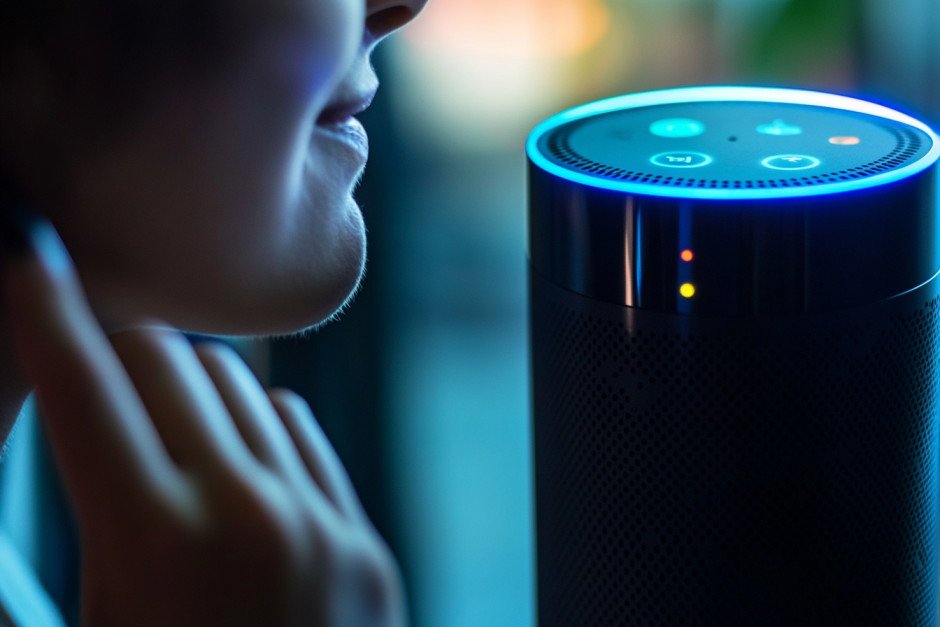Over two and a half billion people worldwide regularly rely on at least one assistive technology device. According to the World Health Organization, this figure will reach 3.5 billion by 2025. So, the integration of assistive technologies into mainstream UX design is no longer a trend or a moral imperative; it is a business necessity.
Fortunately, many organisations already understand that bespoke ui and ux design services must prioritise accessibility, and that this process must be built from the ground up, not added in the final development stages. For designers, developers, and the end clients, this means emphasising several technical parameters that were often overlooked before.
What are assistive technologies?
In a nutshell, assistive technology means any product, equipment, or system that helps people with special needs go through their daily routines. While users may have very different needs, it is still possible to point out a few must-have features for every inclusive tech.
Voice Control & Hands-Free Interaction

Based on Statista’s estimates, the number of voice assistant devices should already have reached 8.4 billion units — possibly even more, because not even Statista can account for everything. In the context of UX design, this means shifting the focus of attention from visual experiences, which were once a major consideration.
Design for Voice-First Experiences
Key considerations for voice UI integration include:
- Natural conversation flow: Design dialogues that feel intuitive and human-like.
- Error handling: Provide clear feedback when voice commands aren’t recognised.
- Context awareness: Understand user intent based on previous interactions.
- Accessibility features: Support users with speech impairments through alternative input methods.
Today, designing for voice-first experiences relies on conversational design principles and natural language processing.
Screen Reader Compatibility: Build for Non-Visual Navigation
Around 2.5 billion people worldwide rely on assistive technology to navigate the web, which is a huge market share that simply cannot be ignored.
Best Practices for Screen Reader Integration
Essential screen reader considerations include:
| Element | Best Practice | Impact |
| Heading structure | Use logical H1-H6 hierarchy | Enables navigation landmarks |
| Alt text | Provide descriptive image alternatives | Makes visual content accessible |
| Form labels | Associate clear labels with inputs | Ensures form completion capability |
| Focus indicators | Design visible focus states | Shows keyboard navigation position |
These practices ensure that screen reader users can navigate efficiently and understand content structure intuitively.
Alternative Input Devices: Increase Interaction Possibilities
Beyond traditional mouse and keyboard inputs, alternative input devices are opening new avenues for user interaction. Examples of assistive technologies in this category include eye-tracking systems, switch controls, and voice recognition software.
Eye-Tracking Technology in UX Design
Eye tracking in user experience (UX) design relies on specialised technology to track and analyse where users look on a digital interface and for how long. Modern smartphones can now serve as accurate eye trackers, making this technology more accessible than ever before.
Eye-tracking applications in UX design include:
- Usability testing: Understanding visual attention patterns.
- Interface optimisation: Placing important elements where users naturally look.
- Accessibility support: Enabling hands-free navigation for users with mobility impairments.
- Personalisation: Adapting interfaces based on individual gaze patterns.
The feature is also actively used in product marketing, so it has a very beneficial side effect for software owners.
![]()
Switch Access and Adaptive Controls
Switch access technology allows users with limited mobility to control devices using simple switches that can be activated with minimal movement. These systems can be integrated into various touchpoints throughout the user journey, providing alternative pathways for interaction.
Advanced switch access systems now support multiple input methods, including breath control, head movements, and even eye blinks, dramatically expanding the possibilities for inclusive interaction design.
Integration Strategies for Modern UX Design
The main point of designing assistive technologies for disabled people is to make sure the end products feel natural and unobtrusive. And there are a few ways to achieve this. For starters, modern interfaces often combine voice, touch, and visual elements. This approach ensures that users can choose their preferred interaction method or switch between methods as needed. Clearly, designing such products means careful optimisation of every development stage.
Performance and Accessibility Optimisation
Creating accessible interfaces requires careful attention to performance metrics. Assistive technologies often rely on semantic markup and clean code structure, which can actually improve overall site performance. Key optimisation areas include:
- Loading times: Ensure assistive technologies can access content quickly.
- Bandwidth considerations: Design for users with slower connections.
- Battery efficiency: Optimise for devices with limited power.
And, of course, one should not forget cross-platform compatibility and always test across multiple systems and devices.
Final Word
Modern designers can (and should) ensure that voice control, screen reader compatibility, and other inclusive features no longer act as add-ons, but are built from the ground up on early development stages. Of course, this process relies on ongoing collaboration between designers, developers, and end clients. Still, the potential benefits are well worth the effort. After all, technology that serves as an enabler rather than a barrier can help build a better and more inclusive future for all of us.

